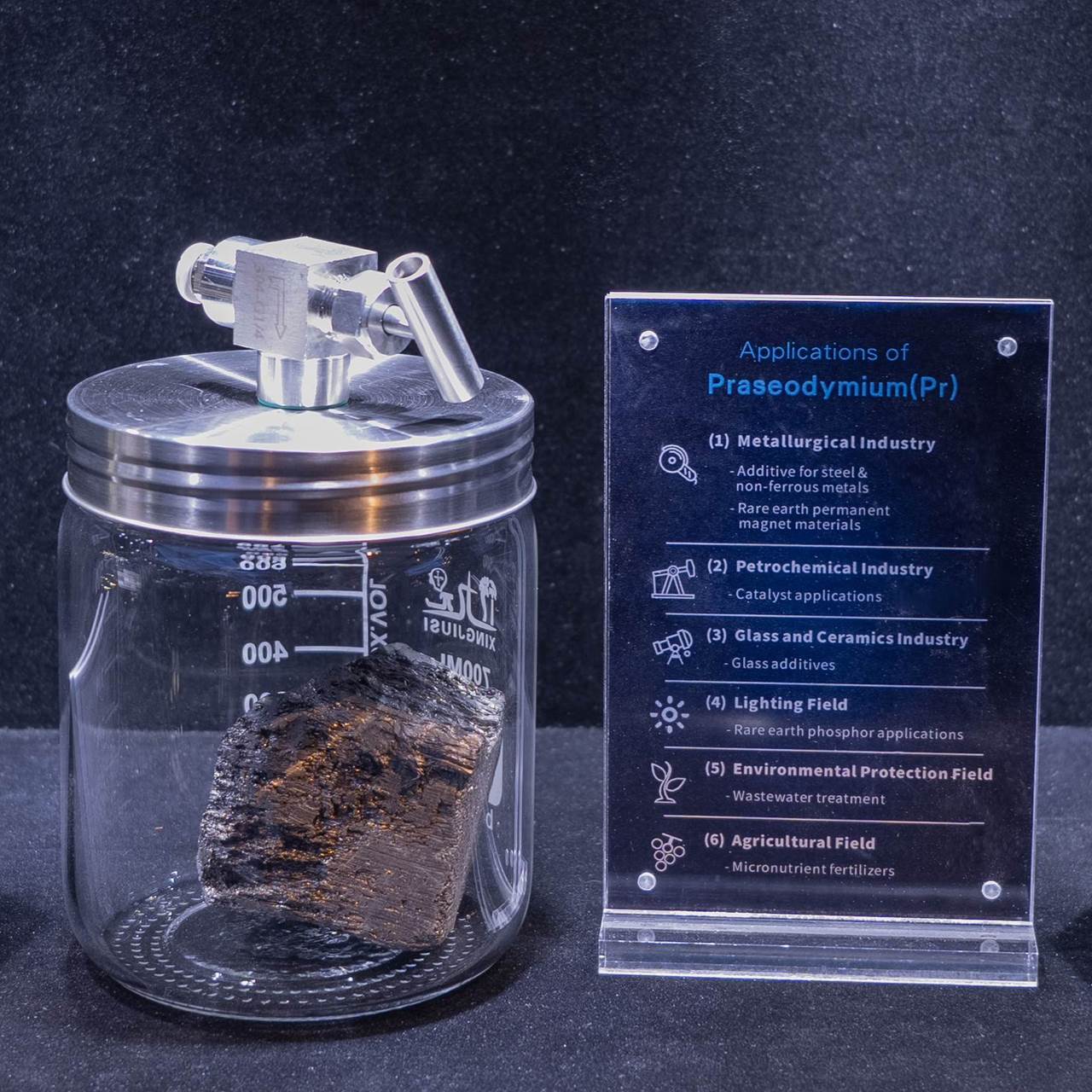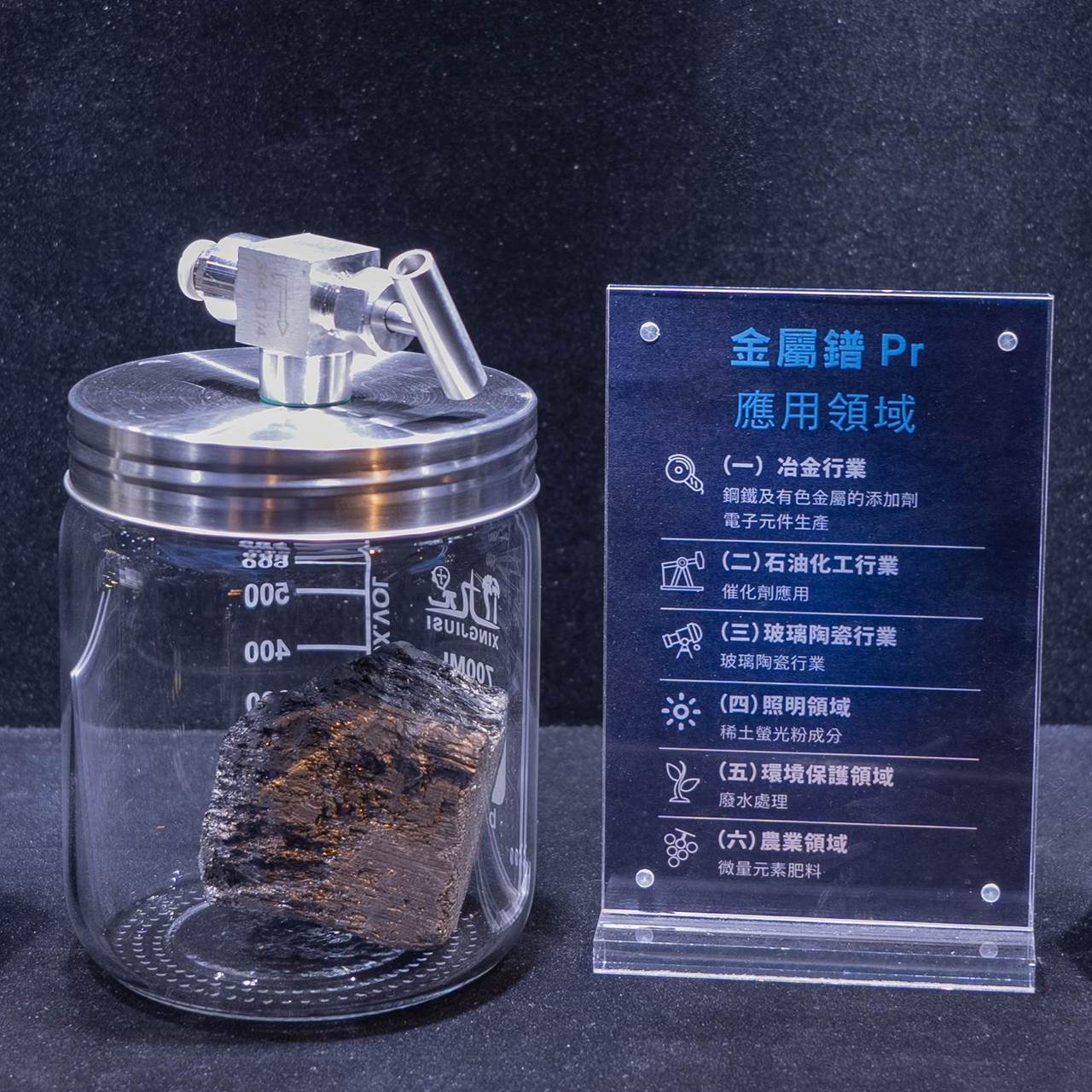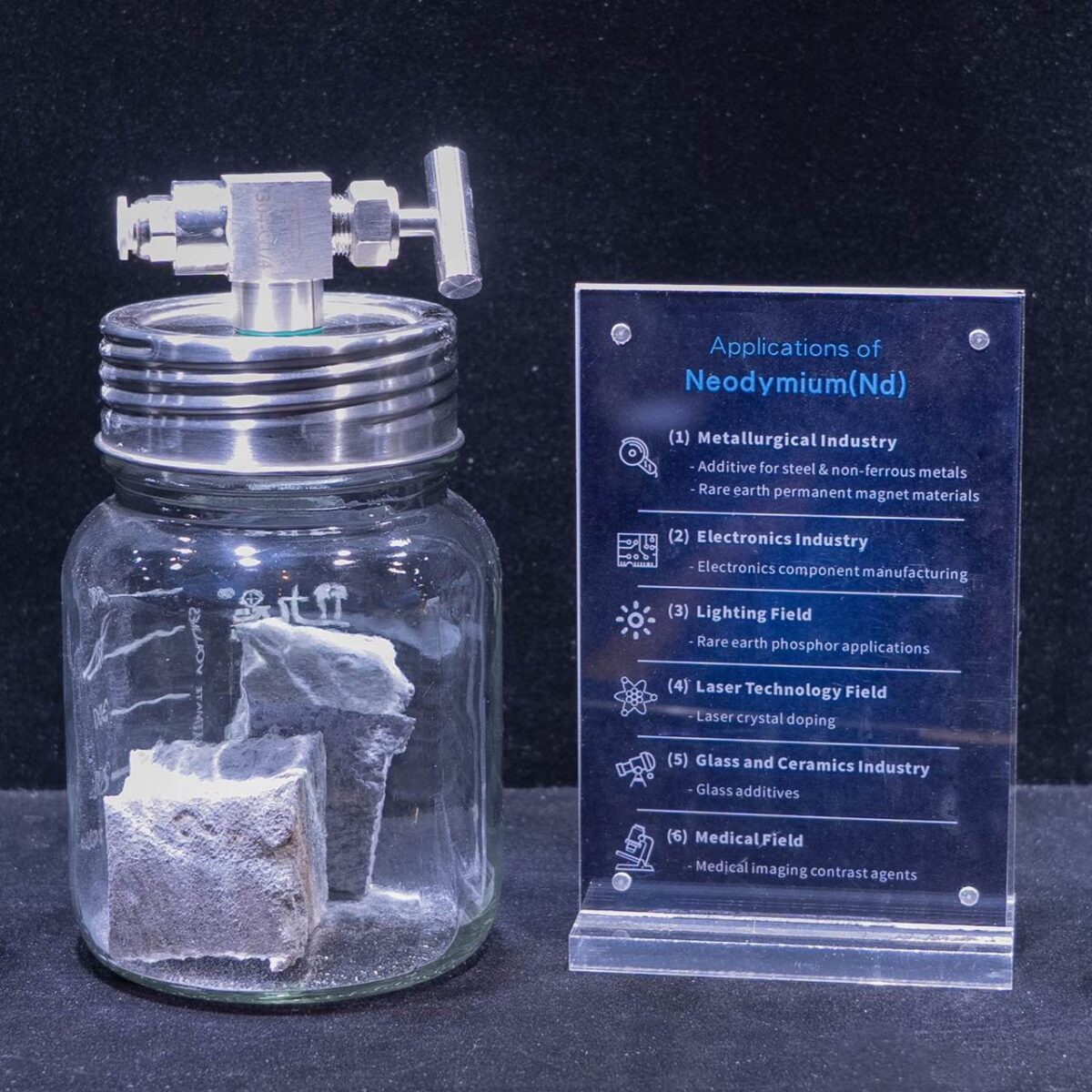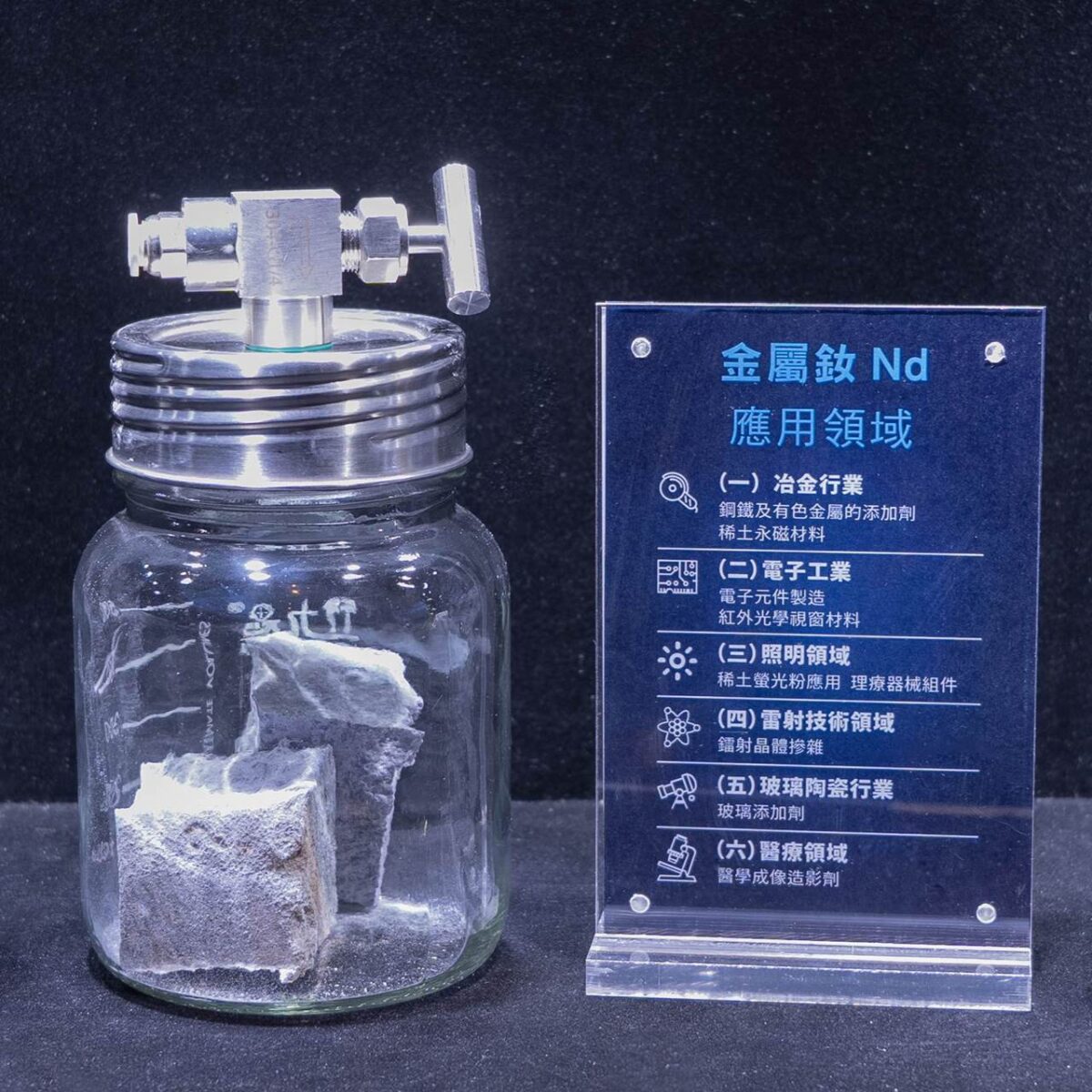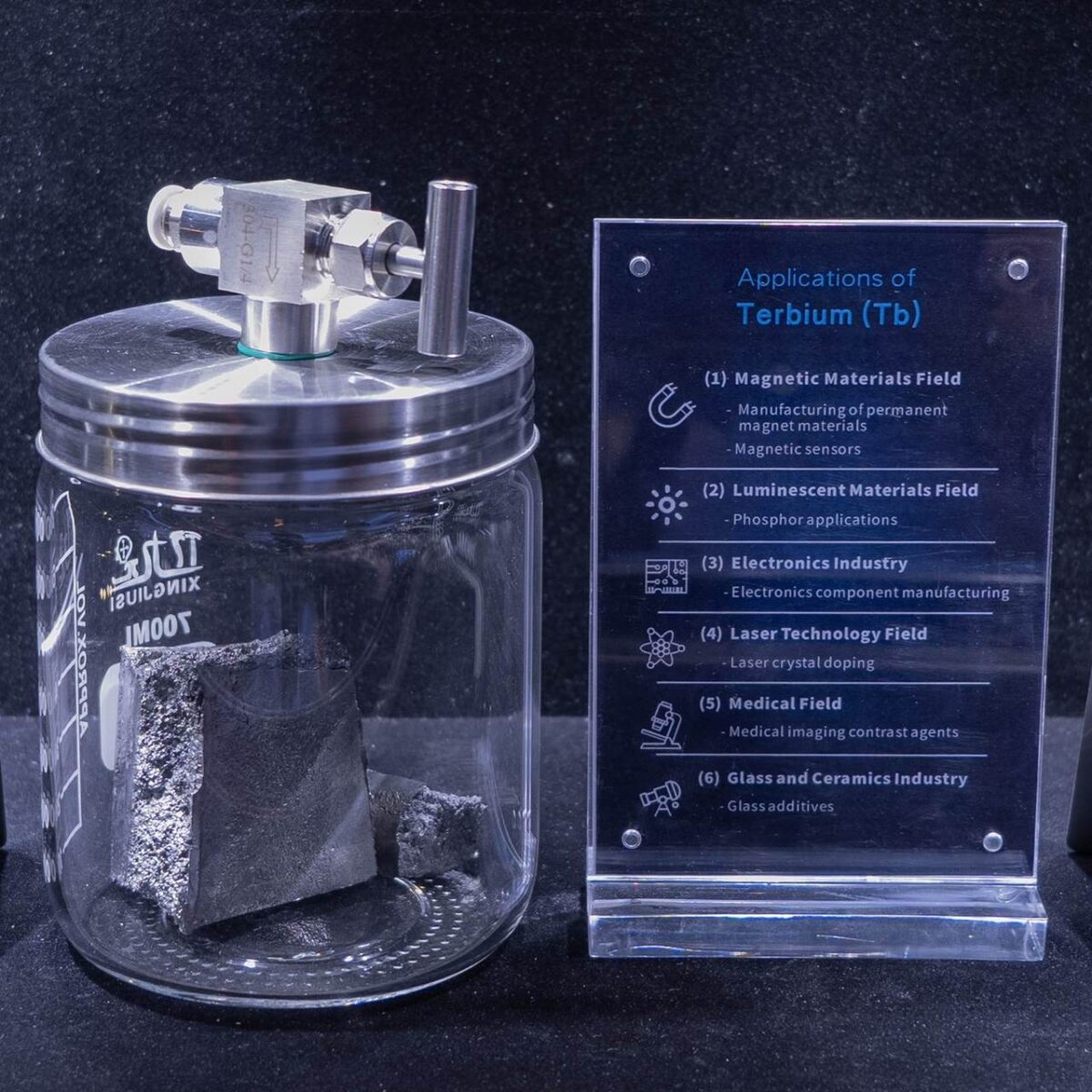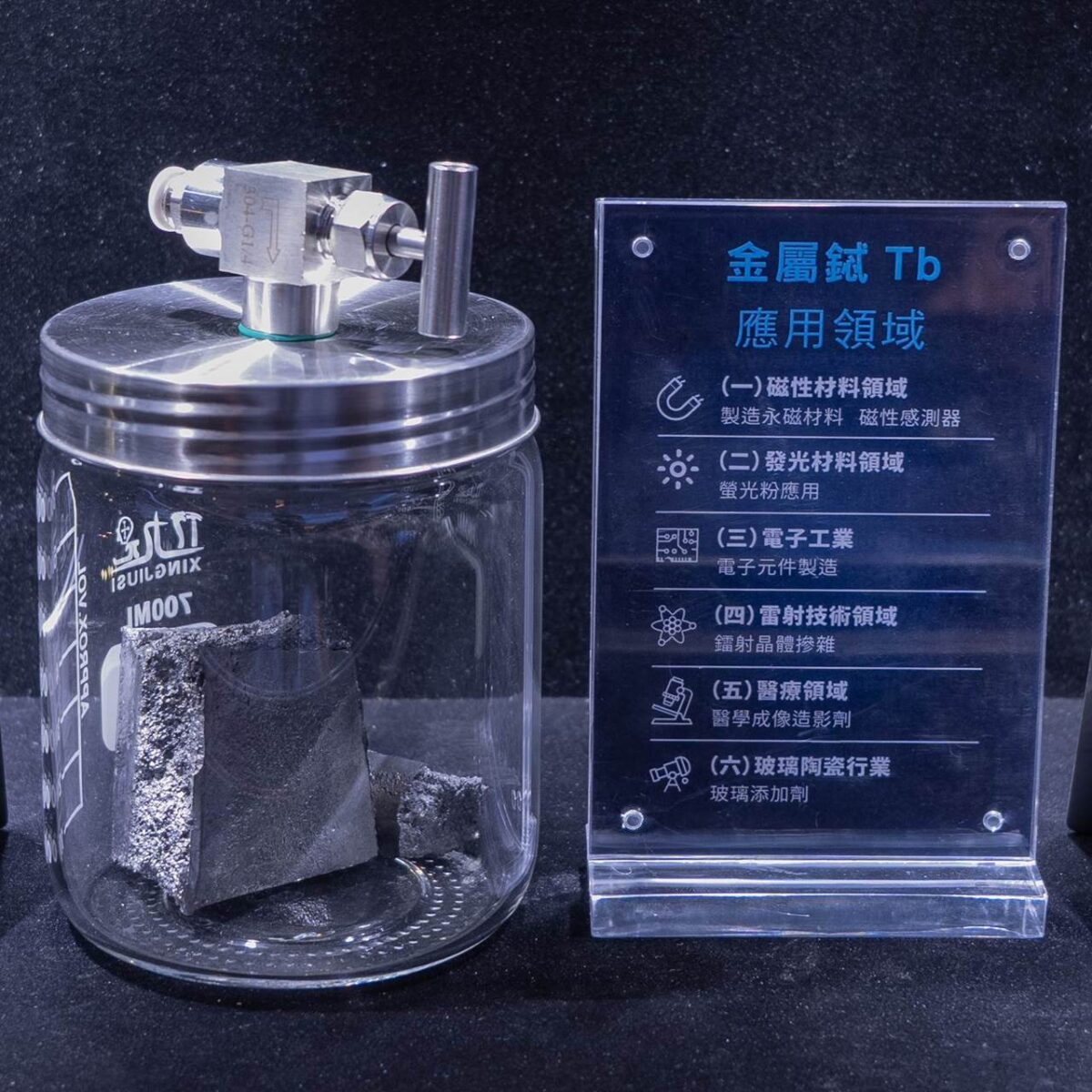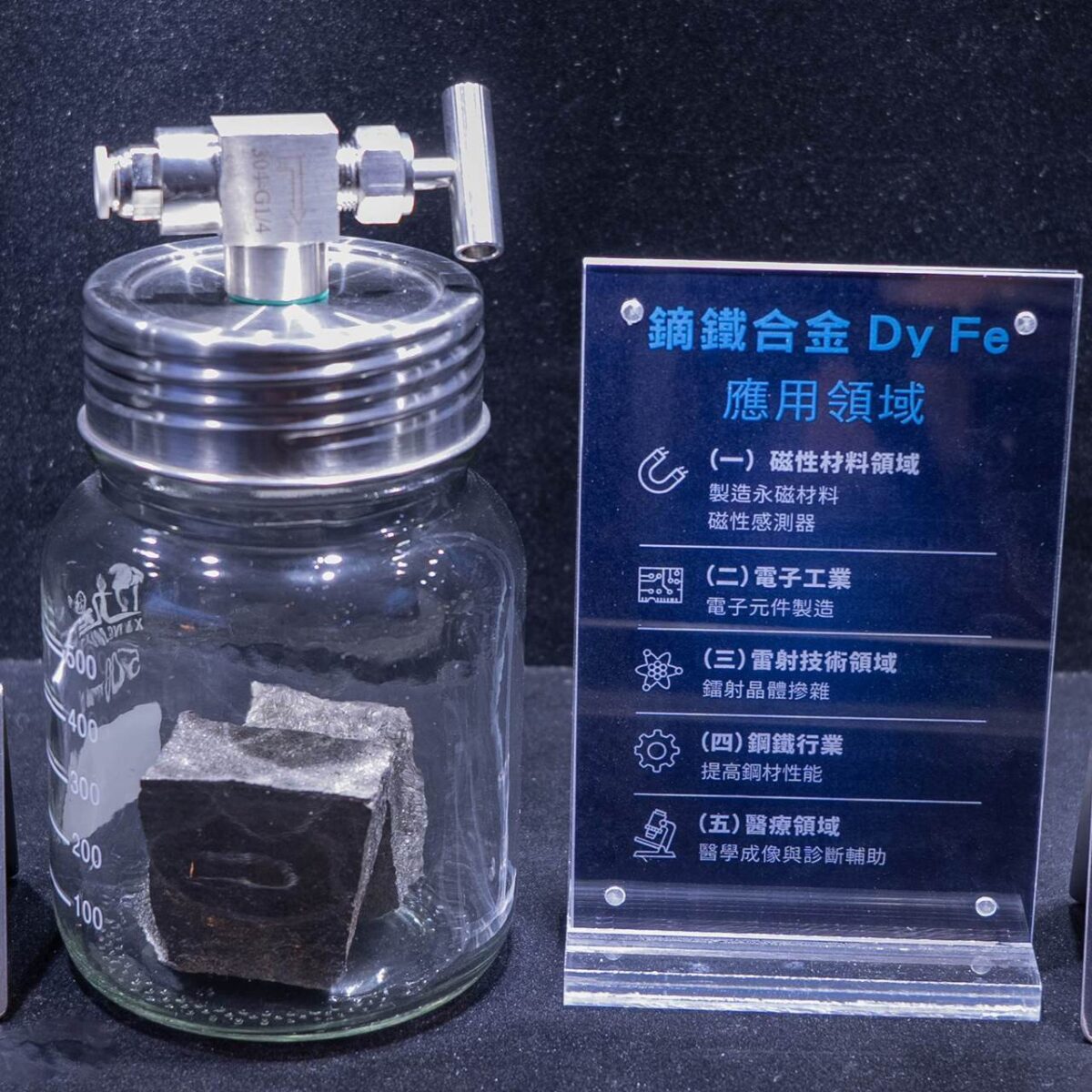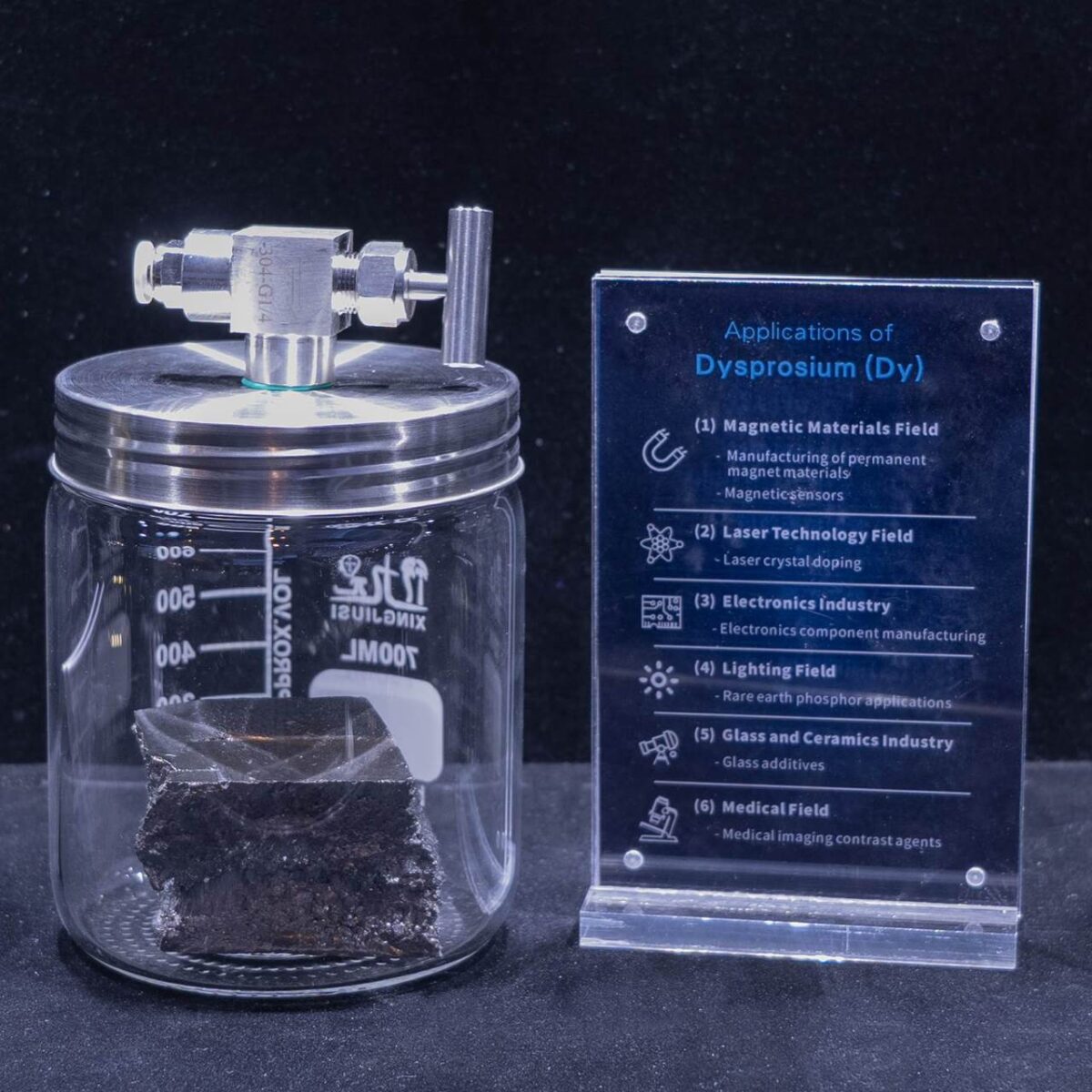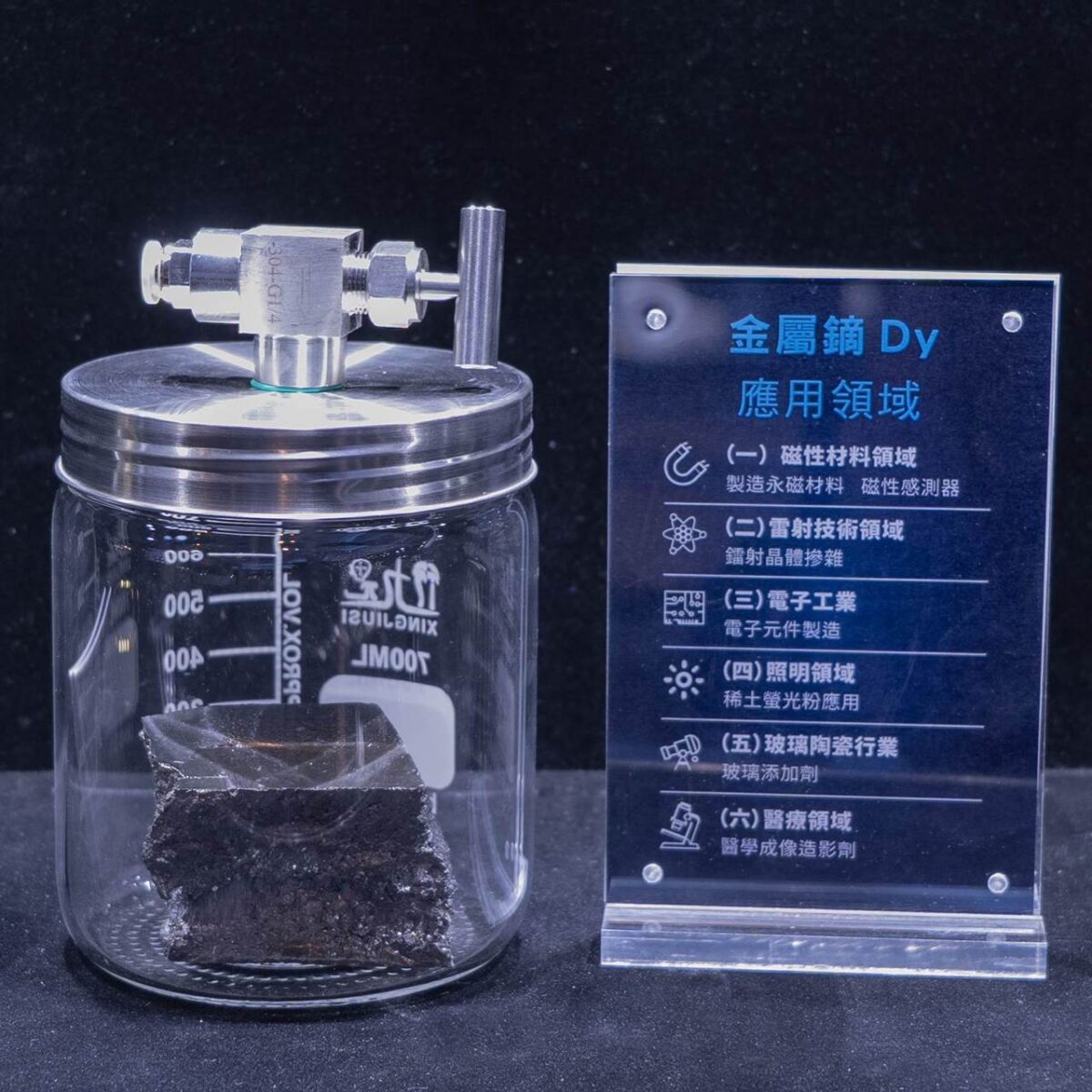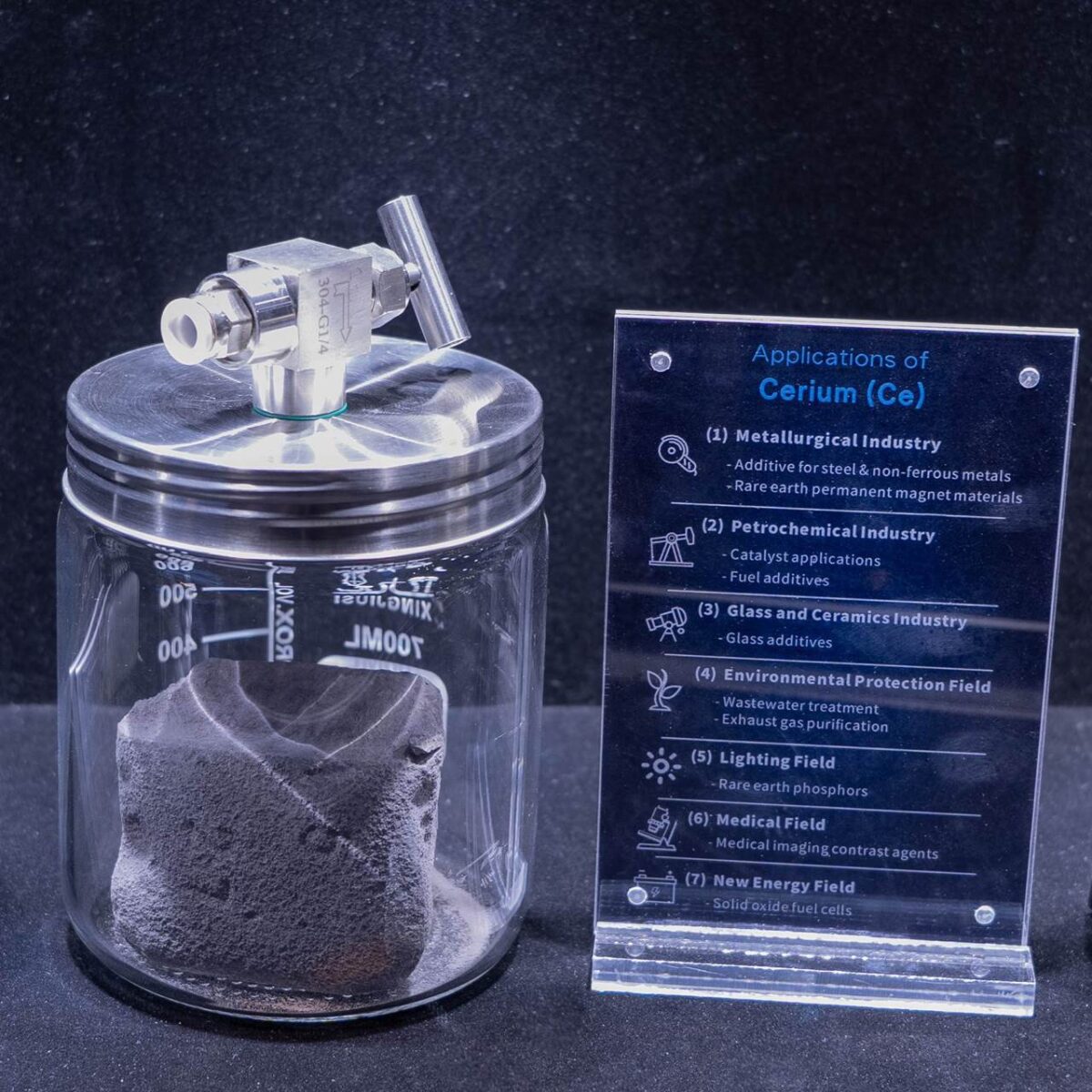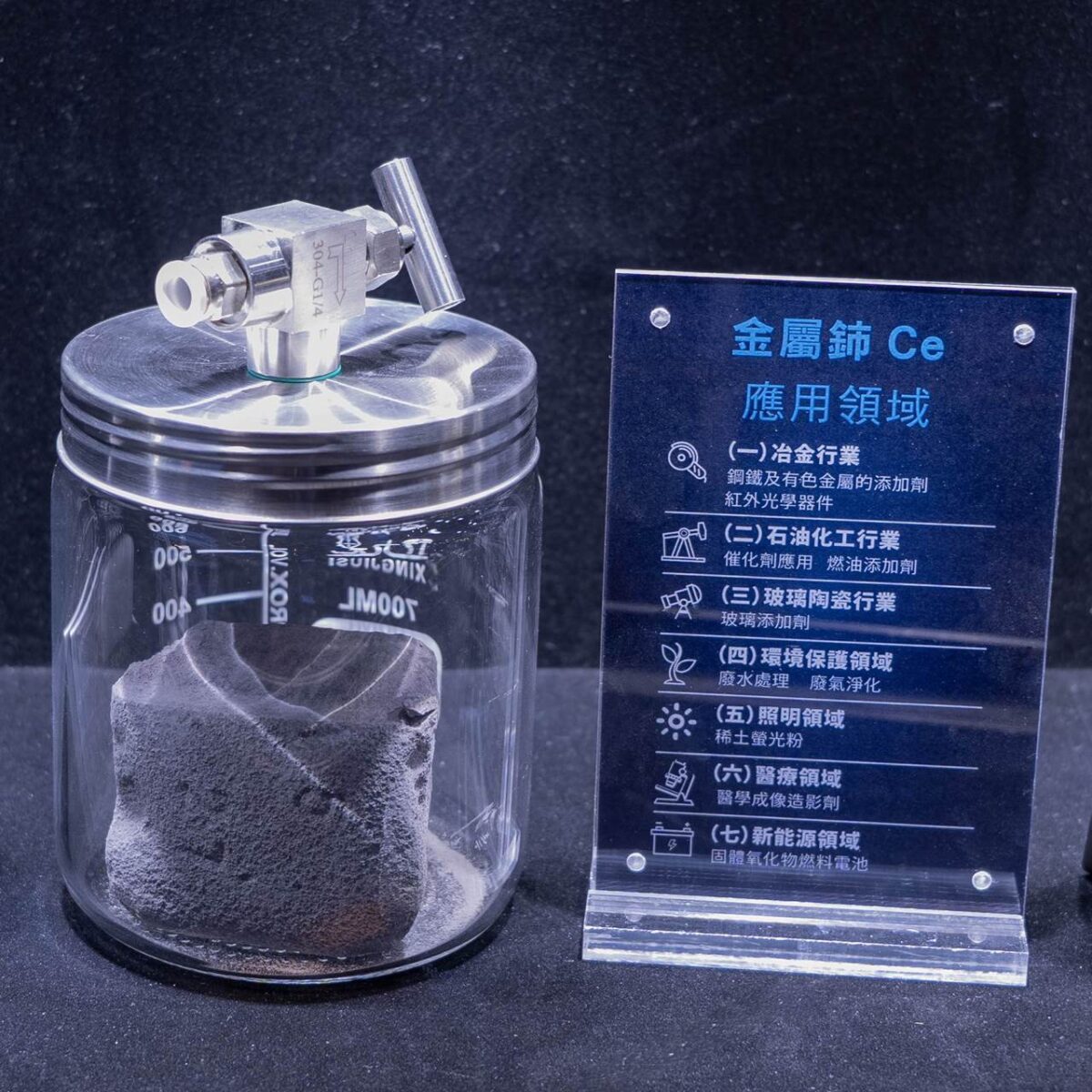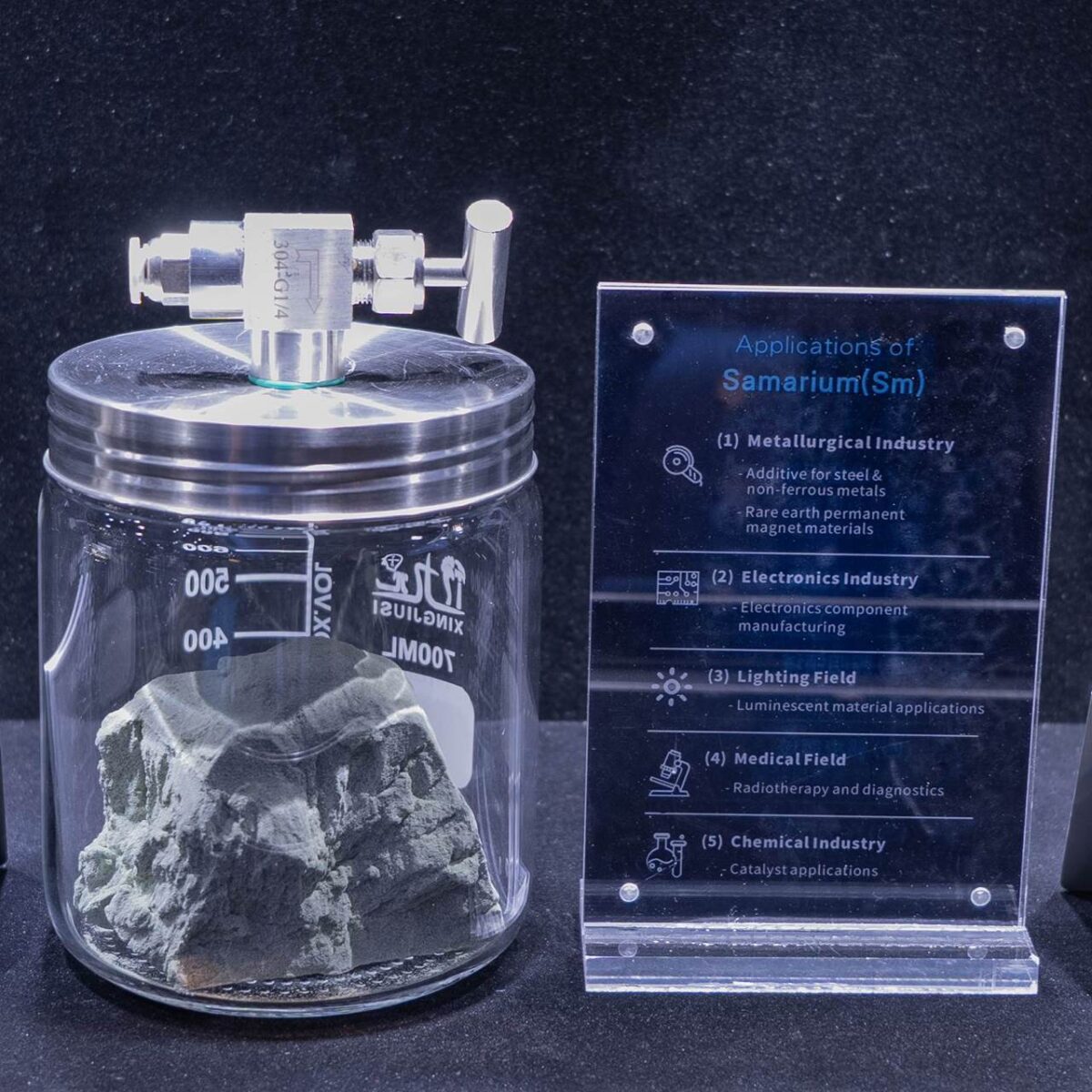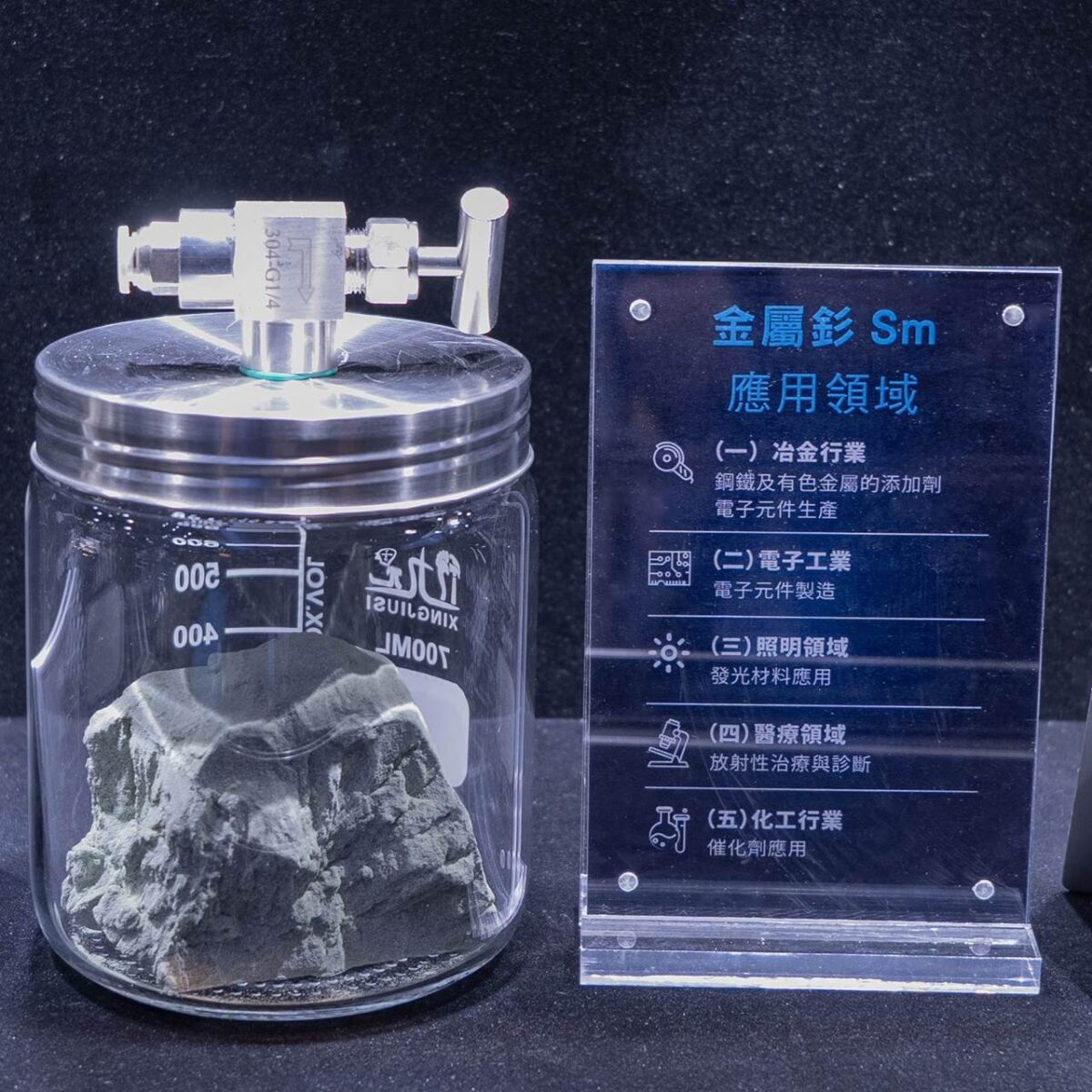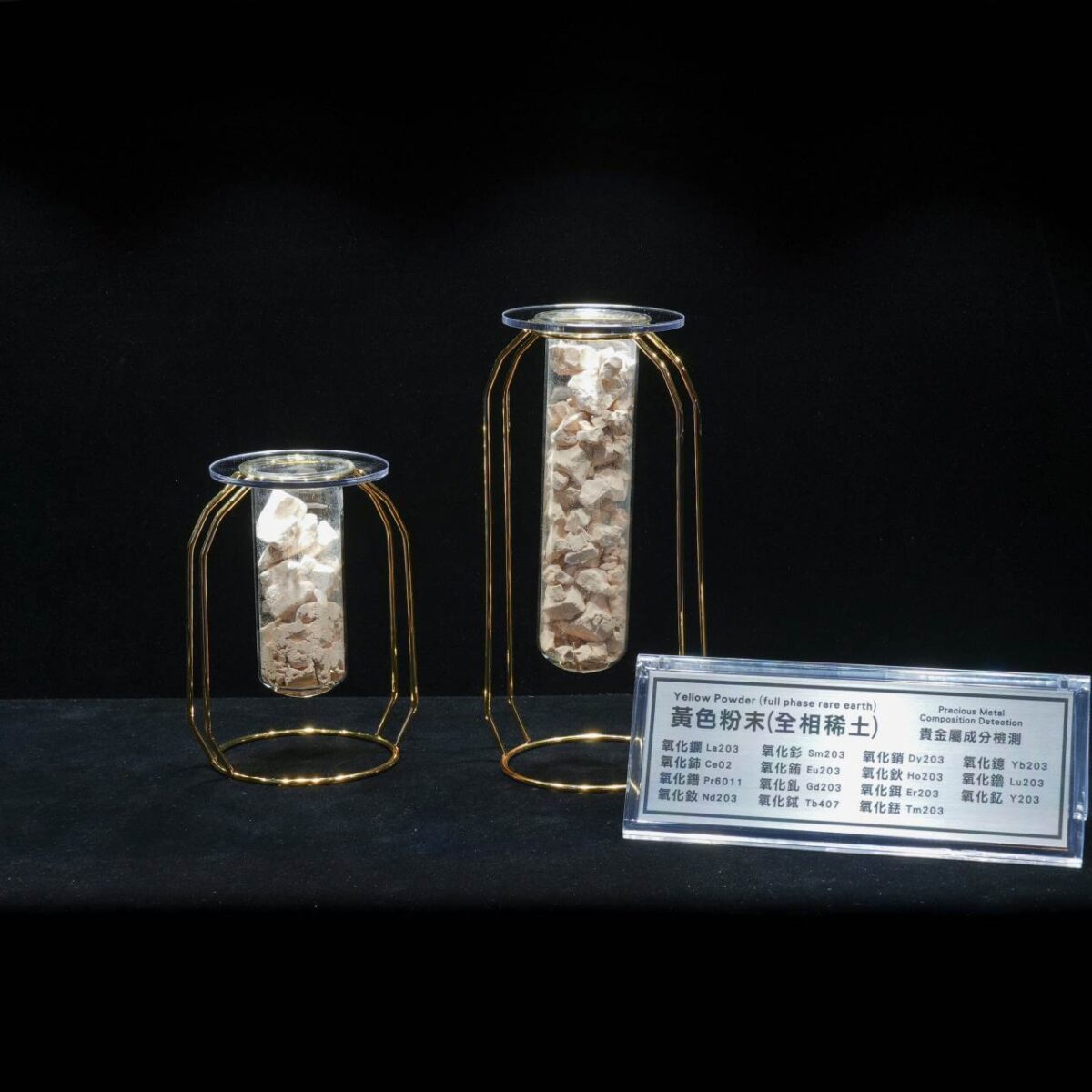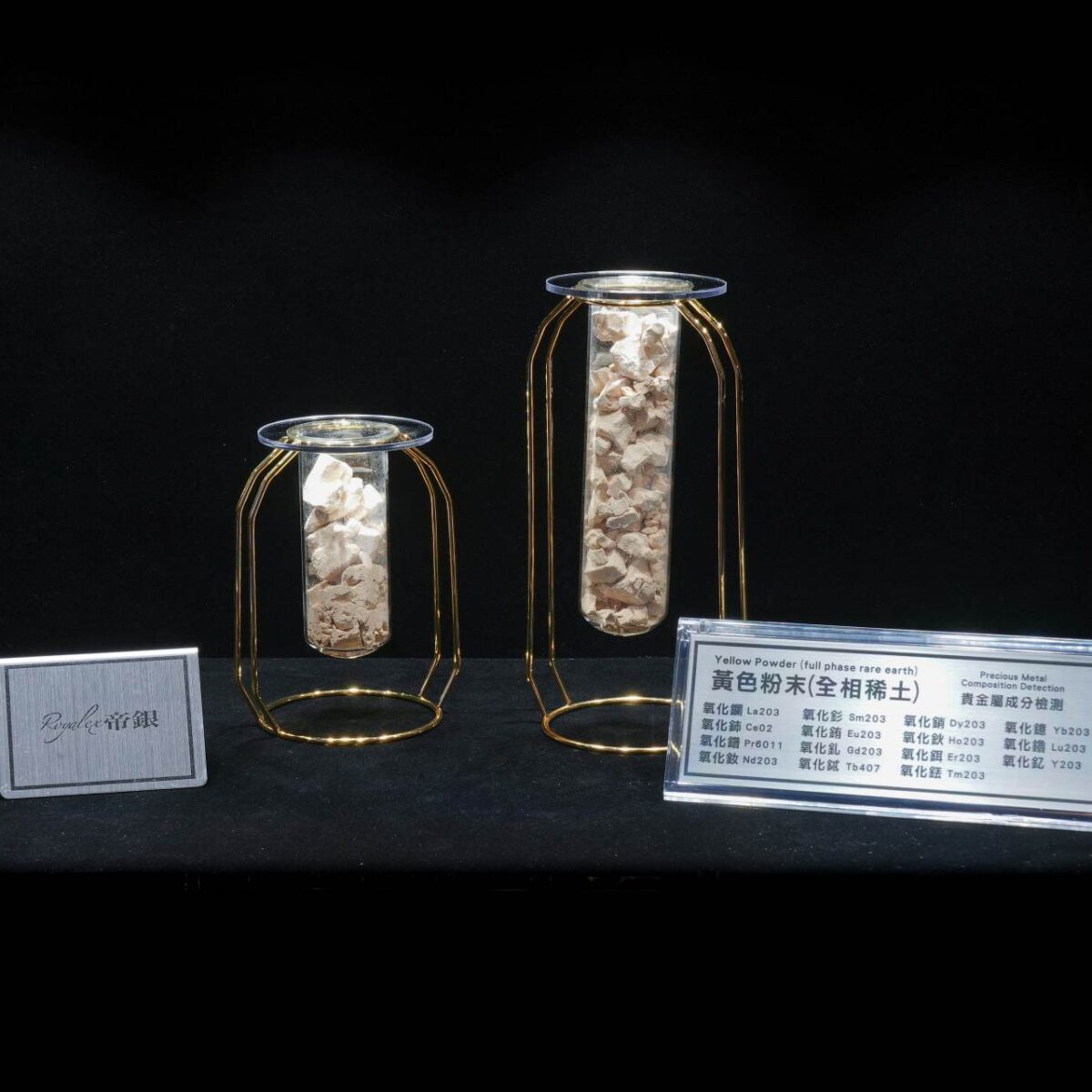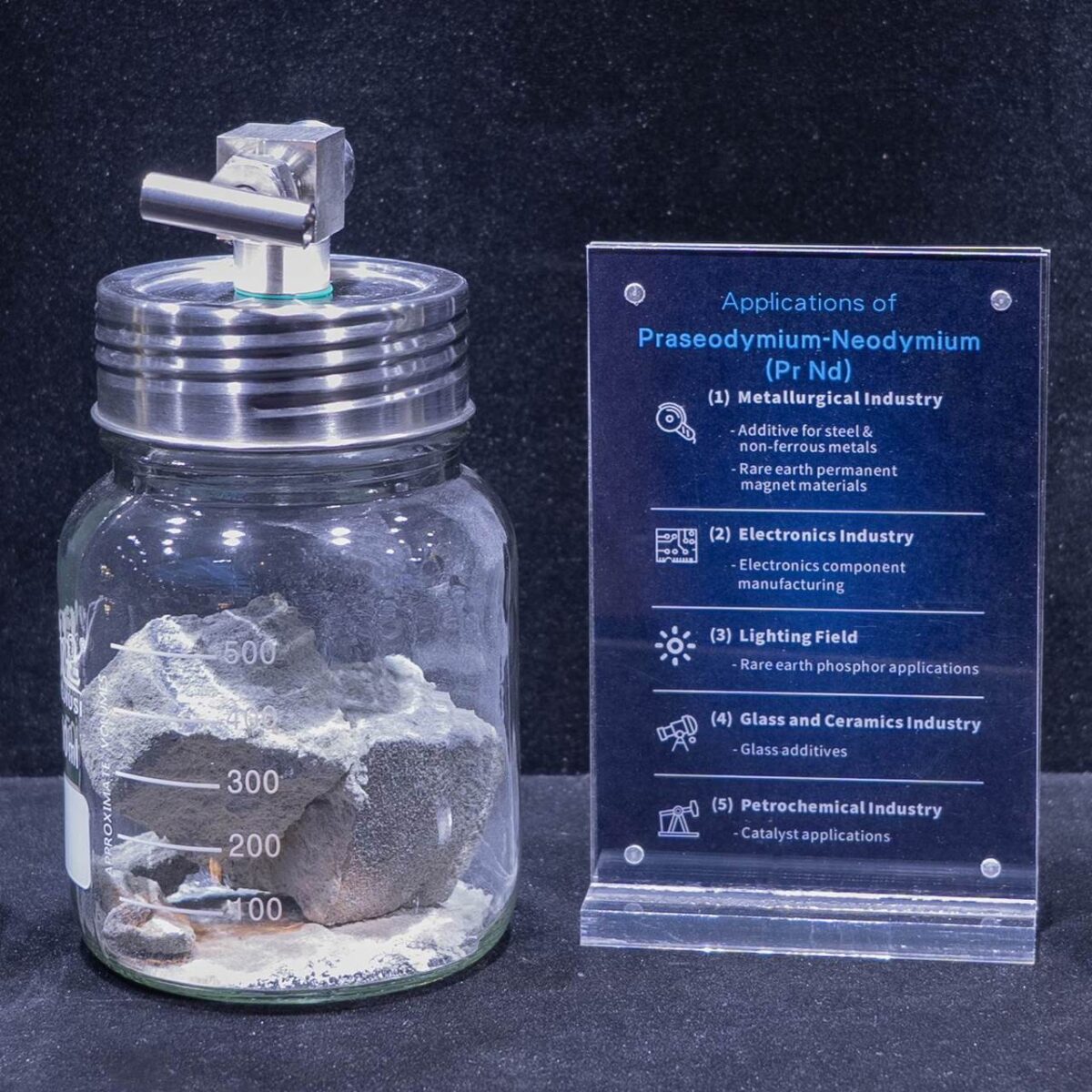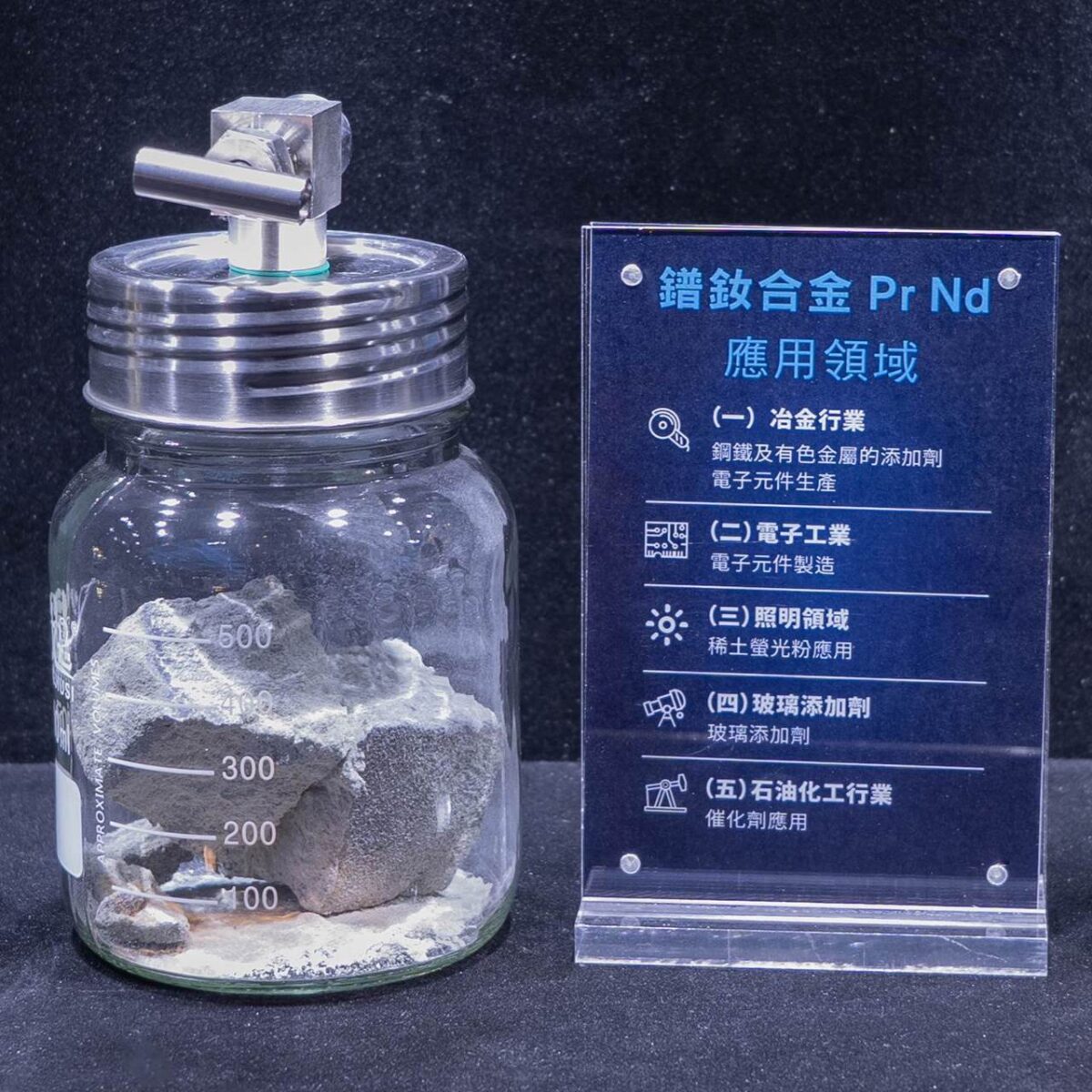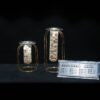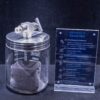Praseodymium
Melting and Boiling Points
Praseodymium has a melting point of 931°C and a boiling point of 3512°C. The relatively low melting point allows it to be processed under moderate high-temperature conditions, while the high boiling point ensures its stability in high-temperature environments. This makes it suitable for various industrial applications that require high-temperature processing or usage.
Density and Hardness
The density of praseodymium is approximately 6.77 g/cm³, and it has a moderate hardness with a Mohs hardness of around 4. It possesses certain mechanical properties, allowing it to withstand external forces during processing and to be shaped through conventional methods such as forging and rolling to meet various production needs.
Ductility and Electrical Conductivity
Praseodymium has a certain degree of ductility, enabling it to be processed into thin sheets and fine wires, facilitating subsequent industrial applications. It is also a metallic conductor, although its electrical conductivity is slightly weaker than that of common metals such as copper and aluminum. However, it can still meet the requirements of some industrial applications where electrical conductivity is not a primary concern.
Oxidation States and Reactivity
The common oxidation states of praseodymium in compounds are +3 and +4. It is chemically reactive and can react with oxygen in the air at room temperature to gradually form an oxide layer on its surface. This oxide layer can slow down further oxidation to some extent. Under conditions such as heating or contact with acids or bases, praseodymium reacts more noticeably.
Reactions with Acids and Bases
Praseodymium can react with common acids such as dilute hydrochloric acid and dilute sulfuric acid to form corresponding praseodymium salts (e.g., praseodymium chloride, praseodymium sulfate) while releasing hydrogen gas. It also reacts with alkaline solutions, demonstrating the characteristics of a reactive metal in acid-base reactions and following the general rules of such reactions.
Metallurgical Industry
Additive in Steel and Non-Ferrous Metals
In steel production, the addition of an appropriate amount of praseodymium can serve as a deoxidizer and desulfurizer, purifying the steel melt and improving the quality of steel. Praseodymium can also refine steel grains, enhance the toughness, wear resistance, and corrosion resistance of steel. This makes steel more suitable for applications in construction and mechanical manufacturing. In non-ferrous metals such as aluminum and magnesium, the addition of praseodymium improves their casting properties, mechanical properties, and oxidation resistance. For example, in aluminum alloys, praseodymium can increase strength and heat resistance, expanding their application range.
Rare Earth Permanent Magnets
Praseodymium is an important raw material for manufacturing rare earth permanent magnets. Combined with other rare earth elements and metals, it is processed into permanent magnets through specific techniques. These magnets are used in motors, generators, and electronic devices, providing stable and strong magnetic fields. This enhances the efficiency and performance of these devices, meeting the demand for magnetic fields in various applications.
Petrochemical Industry
Catalyst Applications
Compounds of praseodymium are commonly used as catalysts in petroleum refining and chemical production. For example, in petroleum cracking processes, praseodymium-containing catalysts can improve the efficiency of cracking reactions, increasing the yield of light oils such as gasoline. In organic synthesis reactions (such as oxidation and hydrogenation reactions), praseodymium compounds can accelerate reaction rates and improve product quality, contributing to more efficient and higher-quality production in the chemical industry.
Glass and Ceramic Industry
Glass Additives
In glass manufacturing, the addition of praseodymium has multiple benefits. For optical glass, praseodymium can absorb specific wavelengths of light, altering the optical properties of glass. It is used in the production of optical elements such as color filters. In architectural glass, praseodymium enhances the radiation resistance of glass, making it suitable for special environments, such as observation windows in nuclear power plants. In ceramic production, praseodymium improves the color, hardness, and high-temperature resistance of ceramics, enhancing the quality of ceramic products and is often used in the manufacture of high-end ceramics.
Lighting Field
Rare Earth Phosphors
Praseodymium is a key element in the production of rare earth phosphors. Combined with other elements, it can produce phosphors with different colors and excellent performance. These phosphors are used in lighting products such as fluorescent lamps and LED lights, improving luminous efficiency, color rendering, and lifespan of the lighting, creating a better lighting environment for people.
Environmental Protection Field
Wastewater Treatment
Certain compounds of praseodymium can be used in wastewater treatment. Through chemical actions such as adsorption and precipitation, they help remove heavy metal ions (such as mercury and lead) and some organic pollutants from wastewater, purifying the water quality. This has a positive impact on improving water environmental quality and meeting environmental protection requirements.
Agricultural Field
Trace Element Fertilizers
Praseodymium also has potential applications in agriculture. It can be added to fertilizers as a trace element. Although related applications are still in the research and exploration stages, studies have shown that appropriate amounts of rare earth elements (including praseodymium) may promote crop growth, improve yield and quality, and enhance the stress resistance of crops.

